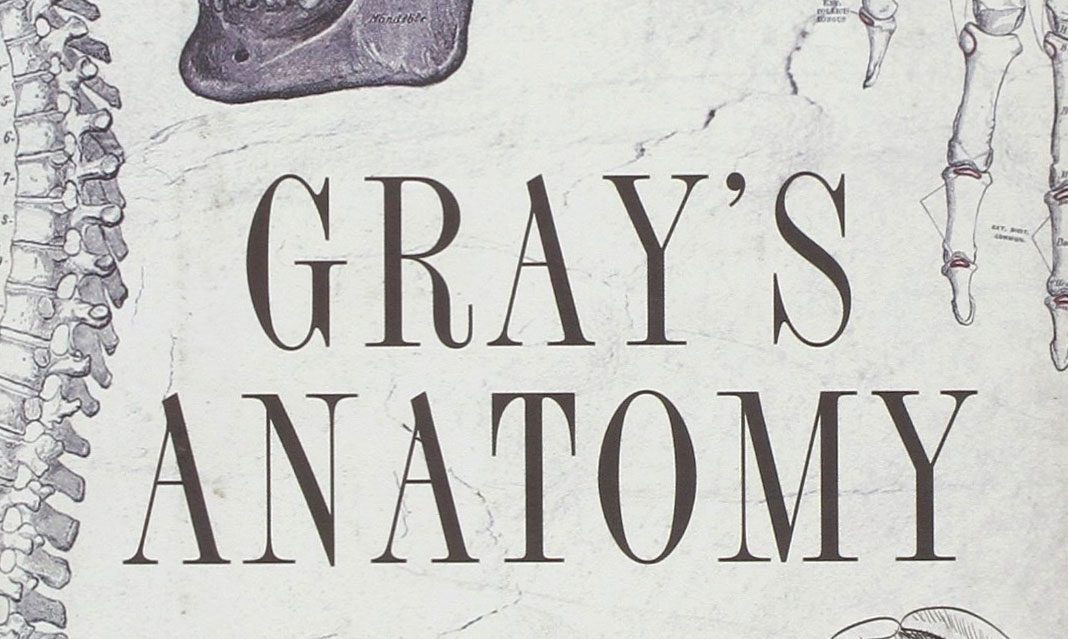Do you remember your high school biology class—especially studying that one chapter on food digestion? The one that always made you hungry at the end? At that point, the only things you may have had to worry about were making sure you knew the difference between the small intestine and the large intestine, and how you had to chew before swallowing. But now, future classes may have a whole new set of questions on what holds these structures together. So before you think you’ve had your fill of anatomy for life, you might want to give your notes one last edit, because the mesentery is now an organ.
Following a call by researchers at University Hospital in Limerick, Ireland, to classify it as a complete organ in itself, the latest edition of the well-known medical text, Gray’s Anatomy, added the mesentery to its list of structures.
This revelation has caught the attention of both news outlets and mainstream media.
The mesentery is essentially a continuous set of tissues. It is formed by a double fold of the abdominal lining (the peritoneum) anchoring the intestines to the wall of the abdomen. Blood vessels, nerve connections, and lymphatics also branch through the mesentery to supply the intestine.
Although the existence of the mesentery as a series of tissues throughout the abdominal cavity has been a well-documented phenomenon in anatomical texts for over a century, only recently has Dr. J. Calvin Coffey, a surgeon at the University of Limerick, proposed that it is in fact one continuous tissue structure.
Coffey mentions, in the November 2016 edition of the medical journal The Lancet Gastroenterology and Hepatology, that “the anatomic description that had been laid down over 100 years of anatomy was incorrect,” referring to the misconception of regarding the mesentery as a collection of multiple tissue fragments, namely the ascending, transverse, descending, and sigmoid colon.
Detailed microscopic examinations have revealed the mesentery to be a continuous structure, thus stimulating its classification as a separate organ. This categorization is believed to motivate advances in adopting revised surgical techniques and abdominal disease progression.
Although some researchers remain undecided on accepting this new classification, Coffey explains how this revision is important in order to refresh our approach towards abdominal disease.
“We normally don’t consider the mesentery to be a very important topic in anatomy courses,” says Kiran Siddiqui, a fourth-year comparative physiology student at UTM. “But maybe this tells us we don’t need to dig too deep for a breakthrough, it might just be something we haven’t paid much attention to.”
Muhammad Faizan, a Master’s Student in his first year at the Department of Biological Anthropology, describes his experience with identifying misconceptions in anatomy and physiology education through a project he worked on with the Research Opportunity Program at UTM.
“Our study found that students normally have difficulty in understanding anatomical concepts and relating terminology to function, so I think the introduction of new insights into the function of the mesentery may help students to integrate information and understand how the structures of the digestive system work in concert.”
The classification of the mesentery as an organ is only one of the initial stages towards establishing a whole new field of mesenteric science. According to Coffey, agreeing upon a uniform anatomy and structure will allow us to understand the physiology behind the organ.



